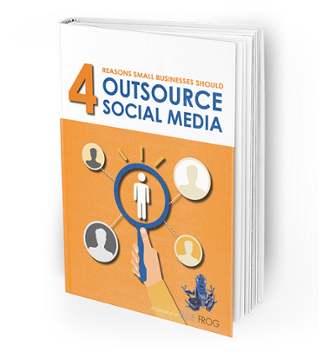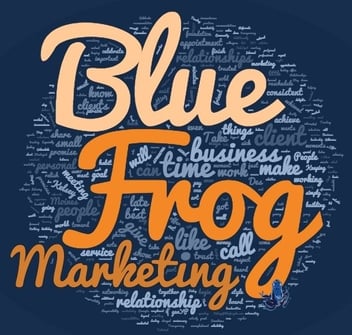
Social media marketing has become a key part of many companies' strategies for increasing brand awareness, attracting new business, and building relationships with potential and existing customers. As Facebook has whittled away at the visibility of business Pages over the past few years, advertising is becoming increasingly important for companies that seek to enhance brand awareness, customer engagement, and lead collection through the platform. On average, less than half a percent of the fans of a business Page will see its status updates through organic reach alone. However, a small investment in Facebook ads can quickly get your message in front of a large, specifically targeted audience.
Facebook makes it easy for you to see what you’re getting in exchange for your advertising investment. Facebook’s Ad Manager gives you detailed reports on your ads’ performance. Here are a few key metrics to keep an eye on to track the success of your campaigns and return on your advertising dollars.
Reach
Your ad’s reach is the number of users to whom it’s been displayed. Note that this number is likely to be smaller than the number of “impressions,” which is the total number of times your ad is displayed to any user.
Clicks
Clicks are the number of times any user clicks on your ad for any reason. Clicks can include a wide variety of user activities such as reactions, comments, and clicks away to your company’s website.
Click-Through Rate (CTR)
The click-through rate of a Facebook ad represents the total number of clicks an ad receives divided by its number of impressions. For example, if your ad is displayed 1000 times and receives 50 clicks, then its CTR is 5%.
Price
The price of your ad can be expressed as either a cost per click (CPC) or cost per 1,000 impressions (CPM). How you consider the price of your ad will depend on your performance goals. You can create Facebook ads to target any of a number of specific objectives, including gaining Page Likes, post engagement, clicks to your website, or lead conversions.
Be sure to carefully consider the objectives of your ads in light of your specific business goals. If you’re trying to raise brand awareness, then increasing your Page Likes or post engagement would be a good place to start. If you want to promote a specific offer, on the other hand, then aiming for clicks to your website or lead conversions would be more in line with your goals.
Cost per Click (CPC)
The cost per click of an ad is calculated by dividing the total amount you’ve spent on the ad by the total number of clicks it receives (including reactions, comments, etc. as noted above). This represents the average amount you spend for each click your ad receives.
Cost per Click to Link (CPC—Link)
If your goal is to send users to your website, then this will be a more useful measure of your ad’s effectiveness. The cost per click to your link is determined by dividing the total amount you’ve spent on the ad by the number of times someone clicks the specific link it’s promoting.
Cost per Lead
If the primary goal of your ad is to collect leads, then this will be a key metric for determining the return on your investment. Your cost per lead will be the entire amount you’ve spent on the ad divided by the number of leads on your website as a result of the ad.
Facebook offers a wide range of advertising options to meet the diverse goals of today’s businesses. For help designing, structuring, and implementing your Facebook ad campaign or other social media marketing efforts, contact Blue Frog! Our account managers know how to use Facebook’s Power Editor to craft and optimize ads to reach new segments of your audience, promote your latest offer or event, get people talking about your brand, or reach other goals you have in mind.



